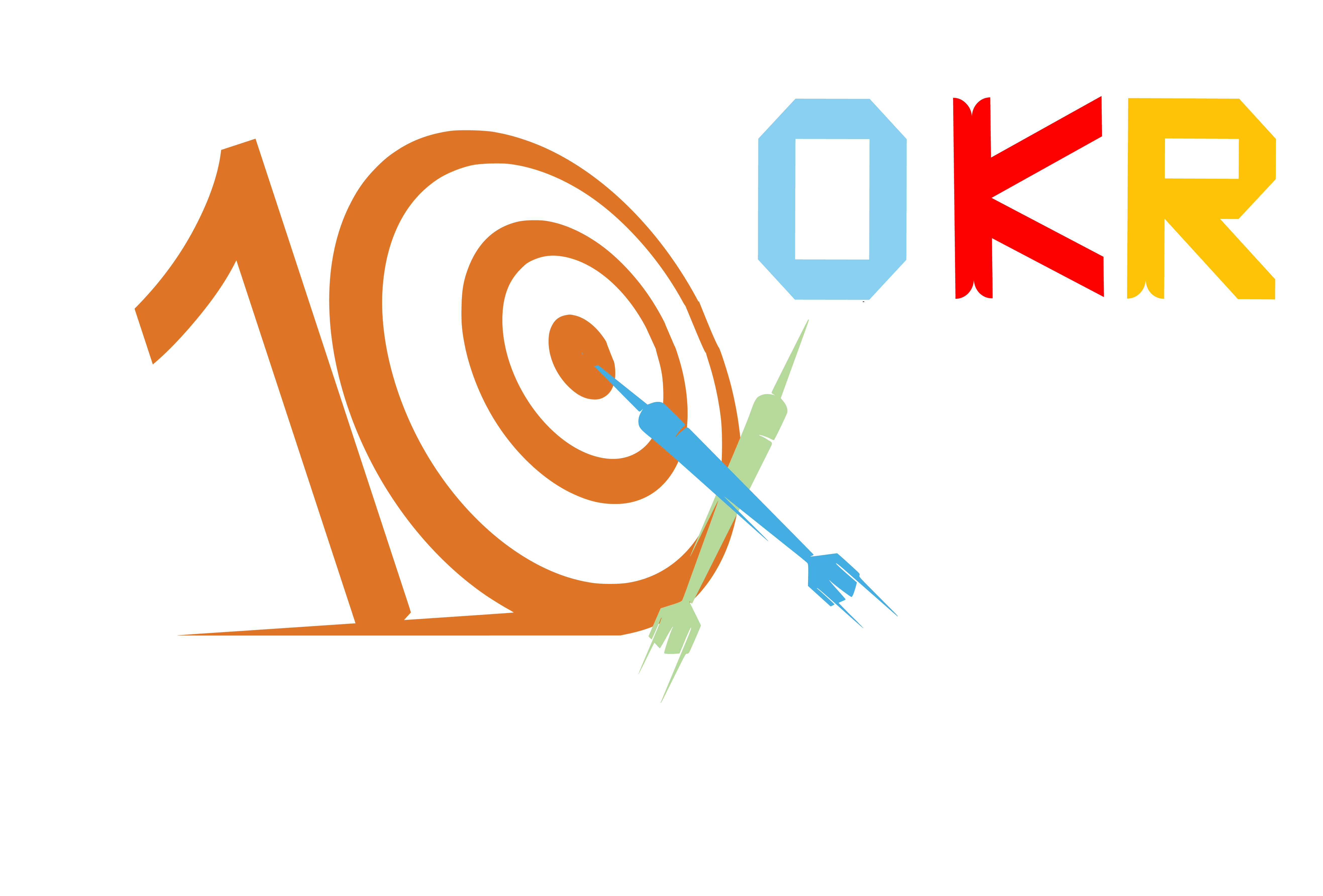Table of Contents
What are the Differences Between OKRs and KPIs?
In the world of goal-setting and performance management, there are two popular and widely used methods- OKRs (Objectives and Key Results) and KPIs(Key Performance Indicators). Both these tools are used to measure the progress of an individual, team members, or the company towards specific goals and objectives. Despite having similar purposes, there are key differences between the two. OKRs can be thought of as “KPIs with soul.” KPIs have independent metrics that do not give context or direction; however, OKRs provide a clearly defined picture of the direction a company needs to move in.
Both OKRs and KPIs can work together to achieve success. In this article, let’s look at how these two tools are similar yet different, and how they can be used jointly to scale up a business.
Defining OKRs
OKR is an achievement-oriented execution framework that defines and tracks objectives and outcomes for an organization. This goal-setting framework is generally set at the organizational level and then cascaded down to teams and individuals. It is both straightforward and objective, hence making it easy to use at all levels.
Objectives are the specific goals that organizations try to achieve. Key results are the measurable outcomes that indicate the progress made towards achieving those goals. By employing these two together, a company can achieve demanding and ambitious goals with measurable results.
The OKR framework is strategic as well as simplistic in nature since it uses specific metrics to track the achievement of a goal. Typically, the maximum number of objectives ranges from three to five high-level objectives and three to five key results as well. Key Results are quantified and evaluated numerically. The OKR framework has certain defined characteristics-
- Always quantifiable
- Set within a timeline
- High-level goals that are ambitious
Example of OKRs
An example of OKR would look like this-
Objective:
Improve customer satisfaction ratings on the Playstore App
Objective Description:
In order to increase the app download rate, we need more positive 4+ star reviews to make an impression on users.
Key Result 1:
Achieve an 80% satisfaction rating on customer surveys conducted through the app
Key Result 2:
Increase average response time by 10% and answer customer inquiries and feedback within 20 hours
Key Result 3:
Enforce a new customer loyalty program and receive at least 20,000 sign-ups
Defining KPIs
KPI stands for Key Performance Indicator. Since they are quantifiable, they can sometimes be useful as Key Results within the OKR framework. KPIs are measurements of performance against a particular goal. Unlike OKRs, KPIs are not tied to an objective. They assist in tracking metrics for your business.
KPIs indicate quantifiable values that organisations can utilise to evaluate their success in attaining specific goals and objectives. They are crucial for businesses since they represent a clear and transparent way to measure progress. They also help in identifying areas for improvement. KPIs can encourage employees to perform better— for instance, a sales team of a company will be aware that it is being closely observed through KPIs and hence will try to increase their sales rate.


By setting and tracking KPIs, companies can move the needle and gain valuable insights into their performance and operations. This will help them optimise their methods for better results. Some of the characteristics of KPIs include-
- They are clear and achievable
- They’re helpful in measuring performance over time
- They must be frequently reviewed and updated.
- They help measure metrics such as website traffic, employee turnover rate, customer satisfaction scores, and so on.
Categories of KPIs
KPIs are useful to report to the management about specific problems. Since it adopts a data-driven approach to give quantifiable information, it aids in strategic planning undertaken by businesses. KPIs also help in holding employees accountable regardless of which department they are from. For instance, if someone from the marketing team causes an error, the KPIs’ statistic approach will avoid discrimination against employees and hold the right employee accountable. There four main types of KPIs include-
- Strategic KPI- this high-level KPI indicates the performance of a company. Executives mostly use this to understand the return on investment, profit margin, or overall company revenue.
- Operational KPI- this time-bound KPi is usually used by the managing staff to measure how a company’s performing month-over-month or day-over-day. It measures different processes or geographical locations.
- Functional KPIs- These focus on specific functions of a company and are most beneficial for one specific set of users.
- Lagging KPIs- these outline the nature of the data being examined and explain whether it is signalling something that is about to come or signalling that something has already happened.
OKRs vs. KPIs: Which is Right for Your Business?
As observed so far, in an OKR framework, the Objective outlines the goal to be achieved, while the Key Results measure the progress made by a team or individual towards achieving that goal. They help measure key results which will in turn measure the milestones that show how well a business will succeed in achieving its objectives. As KPIs are quantifiable, they can be useful if utilised as Key Results. While both OKRs and KPIs can be used to lead a business towards success, the OKR framework is more suitable for organizations that are more focused on growth.
Once a company understand the main functions of these two methods, it can choose the right approach that suits its goals. It is important to note that KPIs are a metric for measuring progress while OKRs are an execution-oriented, strategic framework. If an organisation plans to formulate a broad, high-level plan with 2-3 objectives, then the OKR framework is beneficial. If the organisation, however, wishes to measure the success of a project, then it should employ a KPI.
The fundamental difference between the two is the purpose behind the goal-setting process. Since OKRs are more ambitious, they must be well-planned, and the entire team must be on board. However, KPIs are much lighter and have typically achievable goals and show the output of a process already happening. Hence, it is up to the business to understand what it is looking for and employ these tools as per its needs and demands.



